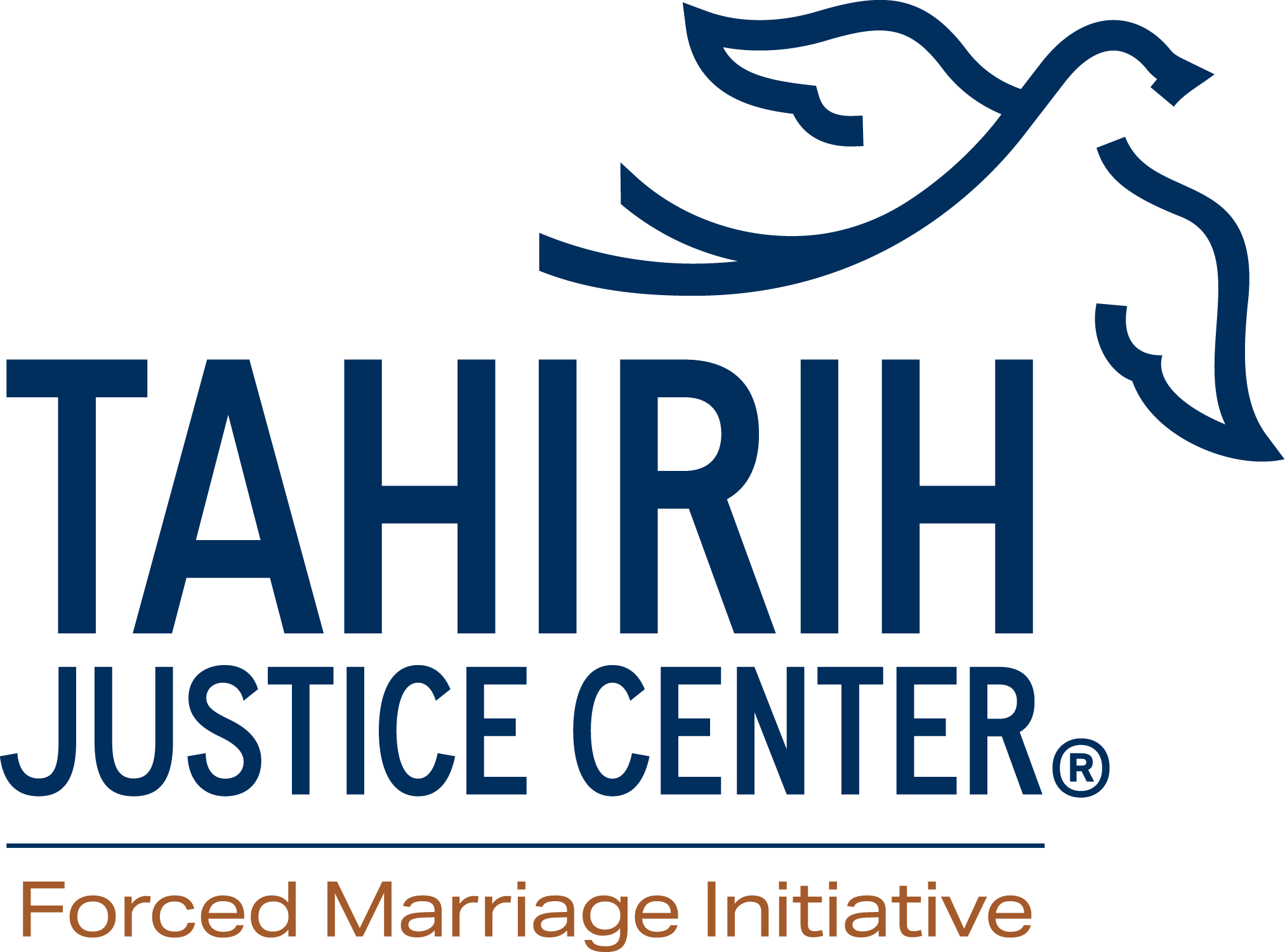Forced Marriage Overseas: Nepal
Overview
Individuals from the United States may face challenges if trying to avoid and/or escape a marriage in Nepal. Although currently there is limited published information specifically on the subject of forced marriage in Nepal, gender based violence – including domestic abuse, child marriage and human trafficking – remains common in country.1 Widespread poverty, lack of education and resources, and discriminatory societal practices also impact the rights of women and girls in Nepal.
For further information and guidance for individuals from the U.S. that are facing or fleeing a forced marriage in Nepal, please contact the Forced Marriage Initiative.
Marriage in Nepal
There are two different avenues by which individuals can marry in Nepal, through “court marriages,” which is regulated under the Nepal Marriage Registration Act, or “settlement marriage” pursuant to customary law.2 The Act requires individuals to be 20 years of age to enter into marriage, while individuals may marry at 18 with their guardian’s consent under customary law.3 Marriages in Nepal are frequently arranged by parents, with community involvement.
Although forced and child marriage are prohibited under the Nepalese General Laws4 and the Nepalese Interim Constitution,5 child marriages remain a serious problem in Nepal – particularly in the remote Mid- and Far-Western Regions.6 While instances of child marriage are reportedly declining, over 56% of girls are married before they reach the age of 18.7 Nepalese laws do provide a means for children forced into marriage to petition for the marriage to be declared void upon reaching the age of 18.8 Divorce is allowed in Nepal, but the General Laws’ provisions make it is easier for men to initiate and obtain than for women.9 Customary laws among Nepal’s many ethnic groups vary with regards to marriage and divorce, with many traditions giving men greater rights.
Potential Risks and Protections in Country
While there are legal protections for women and girls facing forced marriage in Nepal, it is uncertain whether law enforcement, courts, and other authorities would provide adequate response will provide adaquate protection. A laws prohibiting domestic violence was passed in 2009, but many law enforcement officials and citizens are unaware that it exists, and poor implementation and few resources from the government hamper its effectiveness.10 Most domestic violence cases are settled through mediation rather than legal prosecution,11 and perpetrators go unpunished.12 Violence against women and children is rarely prosecuted,13 and courts may not be accessible to much of the population.14
Moreover, harmful traditional practices, such as dowry-related violence, Deuki (offering infant girls to temples where they live without education or proper care), Chaupadi (keeping menstruating women in a shed away from the home), and accusations of witchcraft, persist and can be life threatening to women and girls.14
Special Challenges in Returning to the United States
Please check the entry and exit requirements for Nepal for the most up to date information.
- The Tahirih Justice Center Forced Marriage Initiative
We are available to help individuals from the United States who are facing or fleeing forced marriage in Nepal, including providing phone, text, and email support, connecting with the U.S. government and local resources, and coordinating shelter and services back in the United States.
- The U.S. State Department
The State Department is available to assist U.S. citizens that are victims of forced marriage with replacement of travel documents and return travel to the United States. For updated information and travel alerts, please visit the department’s webpage on international travel in Nepal. - U.S. Embassy Maharaj
- gunj, Kathmandu
Contact the embassy in the case of an emergency.
Tel: 977-1-400-7200
Email: usembktm@state.gov
REFERENCES
1 Asian Development Bank, Overview of Gender Equality and Social Inclusion in Nepal (2010), at 13, available at http://www.adb.org/sites/default/files/pub/2010/cga-nep-2010.pdf (last visited March 10, 2014).
2 Nepal Birth, Death and Other Personal Events (Registration) Act, 2033 (1976), Section 4(b), available at http://www.lawcommission.gov.np/en/documents/prevailing-laws/prevailing-acts/Prevailing-Laws/Statutes—Acts/English/Birth-Death-and-Other-Personal-Events-(Registration)-Act-2033-(1976)/ (last visited Feb. 6, 2014).
3 Nepal Marriage Registration Act 2028 (1971), available at www.jafbase.fr/docAsie/Nepal/marriage-registration.pdf (last visited March 10, 2014); Nepal National/General Code (Muluki Ain) 2020 (1963), Number 2 of Chapter 17, On Marriage.
4 Nepal National/General Code (Muluki Ain) 2020 (1963), Number 2 of Chapter 17, On Marriage.
5 Nepal Interim Constitution, 2063 (2007), Section 22, available at http://lawcommission.gov.np/en/documents/prevailing-laws/constitution/Prevailing-Laws/Constitution/Interim-Constitution-of-Nepal-2063-(2007)/ (last visited March 10, 2014).
6 UNICEF, Country Programme Action Plan 2013-2017 Between the Government of Nepal and United Nations Children’s Fund (Jan. 7, 2013), at 15.
7 Mark Tran, Child Marriage Campaigners in south Asia receive $23m cash injection, The Guardian (August 23, 2013), available at http://www.theguardian.com/global-development/2013/aug/23/child-marriage-india-bangladesh-nepal (last visited Feb. 6, 2014).
8 Nepal National/General Code (Muluki Ain) 2020 (1963), paragraph 9 of Number 7 of Chapter 17, On Marriage, available at http://www.lawcommission.gov.np/en/documents/prevailing-laws/prevailing-acts/Prevailing-Laws/Statutes—Acts/English/Muluki-Ain-(General-Code)-2020/ (last visited Feb. 6, 2014).
9 Nepal National/General Code (Muluki Ain) 2020 (1963), Chapter 12.
10 Nepal Domestic Violence (Crime and Punishment) Act, 2066 (2009), Section 2(a); Department of State, Bureau of Democracy, Human Rights and Labor, Nepal 2013 Human Rights Report, available at http://www.state.gov/documents/organization/220612.pdf (last visited May 1 2014).
11 Department of State, Bureau of Democracy, Human Rights and Labor, Nepal 2013 Human Rights Report, available at http://www.state.gov/documents/organization/220612.pdf (last visited May 1 2014).
12 Dr. Sunil Kumar Joshi, Violence Against Women in Nepal — An Overview (May 22, 2008), available at https://www.academia.edu/183952/Violence_against_Women_in_Nepal_–_An_Overview (last visited Feb. 6, 2014).
13 US Embassy Nepal, 2012 Annual Human Rights Report, available at http://www.state.gov/documents/organization/204619.pdf (last visited Feb. 6, 2014).
14 UNDP Nepal, Nepal Human Development Report 2009 State Transformation and Human Development (2009), pages 56-60, available at http://www.undp.org/content/dam/nepal/docs/reports/hdr/UNDP_NP_Nepal%20Human%20Development%20Report%202009.pdf (last visited March 10, 2014).
15 Diana Fernandez, Tracking Gender-Based Violence in Nepal, In Asia (January 19, 2011), available at http://asiafoundation.org/in-asia/2011/01/19/tracking-gender-based-violence-in-nepal/ (last visited Feb. 6, 2014).



